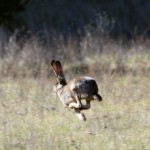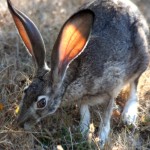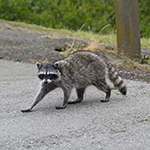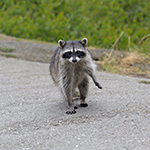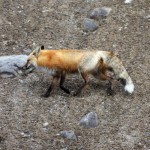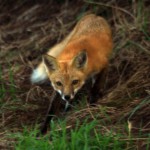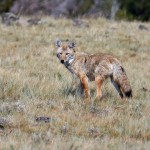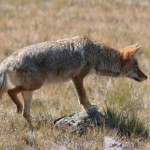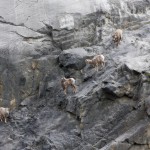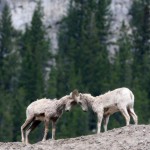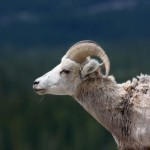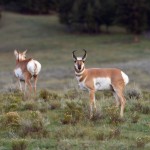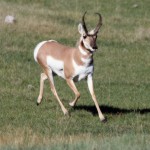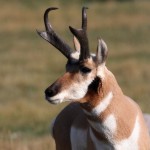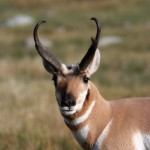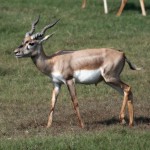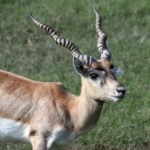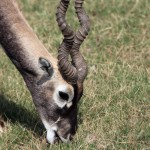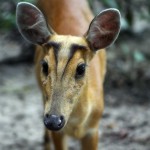|
INTRODUCTION TO GALLERY
Press Esc to close
INTRODUCTION TO ANIMALS GALLERY Iíve never hunted, but photographing wildlife you soon learn to stalk them. That is to look and approach them so as not to spook them. It is okay for them to see you, in fact a picture of an animal is often more pleasant when they do because I feel eyes are important when capturing animals. Ask me on any given different day which pictures I prefer over the others and I will give you different answers. I feel photography often comes down to personality and personal preference. Some of my favorite pictures include the grey squirrel [AN03] because this is a common animal but its position evokes the idea of movement while the bokeh helps focus your attention where it should be while framing the subject nicely; the coyote [AN09] is in an opportune position standing with its two front paws on a rock slightly raised on above the ground as it is ready to pounce on a smaller animal; I like the pronghorn shot [AN103] because although it seems to be approaching the camera, you can tell that it is excited by the way the fur on its rump is sticking straight out; the young blacktail deer at Point Reyes [AN21] is special because its upper body projects over the ocean; again, the bokeh of the mule deer at Yellowstone [AN29] is special because the antlers are reverbrated in the blurred, grayish branches in the background which compliment the color of its coat; the family of Barbary macaques [AN55] is less anthropomorphic than a reminder that humans are simply animals and despite the value we place on extraneous ephemera, family is all important; I like the shots of the longtailed macaque [AN59], Japanese macaque [AN53] and Hanuman langur [AN95] because it is a rare treasure to capture wildlife seeming to pose on queue; and the California sealions in San Francisco [AN89] is a great action shot even if it suggests more animosity than is the case for these animals who are just piqued at one another as they jostle for space.
|
||||||||



